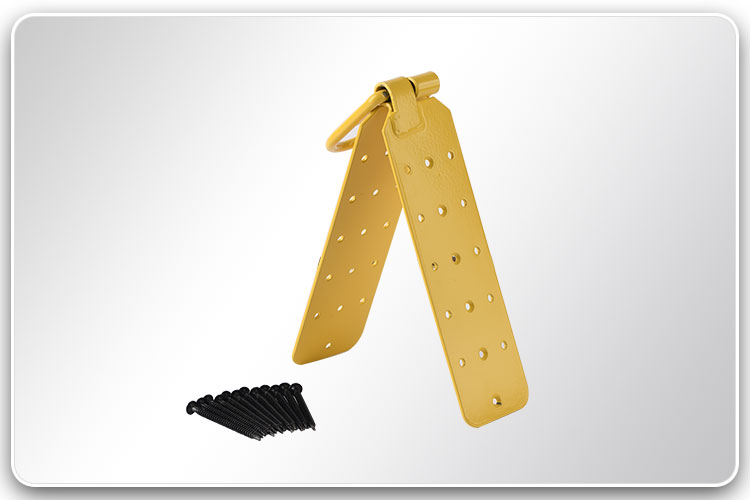Key features and uses of roof anchors
2023-10-20
A roof anchor is a safety device used in construction and roofing to secure workers who are working at heights, such as on rooftops or other elevated surfaces. Roof anchors are critical components of fall protection systems, and they are designed to prevent falls and protect the lives of workers. Here are some key features and uses of roof anchors:
1. Attachment Point: A roof anchor serves as a secure attachment point to which workers can connect their fall protection equipment, such as safety harnesses, lanyards, or lifelines. This attachment point allows workers to move around on a rooftop while remaining tied off to prevent falls.
2. Types of Roof Anchors: There are various types of roof anchors, including permanent anchors and temporary anchors. Permanent anchors are typically installed on the roof and remain in place long-term, while temporary anchors are portable and can be moved to different locations as needed.
3. Attachment Methods: Roof anchors are attached to the roof structure using different methods, such as through bolting, welding, or other secure means. The choice of attachment method depends on the roof type and the anchor's design.
4. Materials: Roof anchors are usually made from durable materials like stainless steel or high-strength aluminum to withstand environmental conditions and provide long-lasting safety.
5. Compatibility: Roof anchors can be designed for various roof types, including flat roofs, sloped roofs, and pitched roofs. They are often adjustable to accommodate different roof pitches.
6. Fall Arrest and Restraint: Roof anchors are used for both fall arrest and fall restraint systems. Fall arrest systems stop a worker's fall if they slip or lose their balance, while fall restraint systems prevent workers from reaching a fall hazard's edge in the first place.
7. Inspections and Maintenance: Regular inspections and maintenance of roof anchors are essential to ensure their integrity and safety. Damaged or compromised anchors should be repaired or replaced promptly.
8. Compliance: Roof anchors must comply with safety regulations and standards, such as those set by OSHA (Occupational Safety and Health Administration) in the United States, to ensure worker safety.
Roof anchors are a crucial component of a comprehensive fall protection plan, which should also include training for workers on proper usage and inspection of equipment, as well as the use of personal protective equipment (PPE) like safety harnesses and lanyards. The choice of a roof anchor and fall protection system should be based on the specific requirements of the job and the type of roof being worked on. Safety is paramount when working at heights, and roof anchors play a vital role in preventing accidents and injuries.



